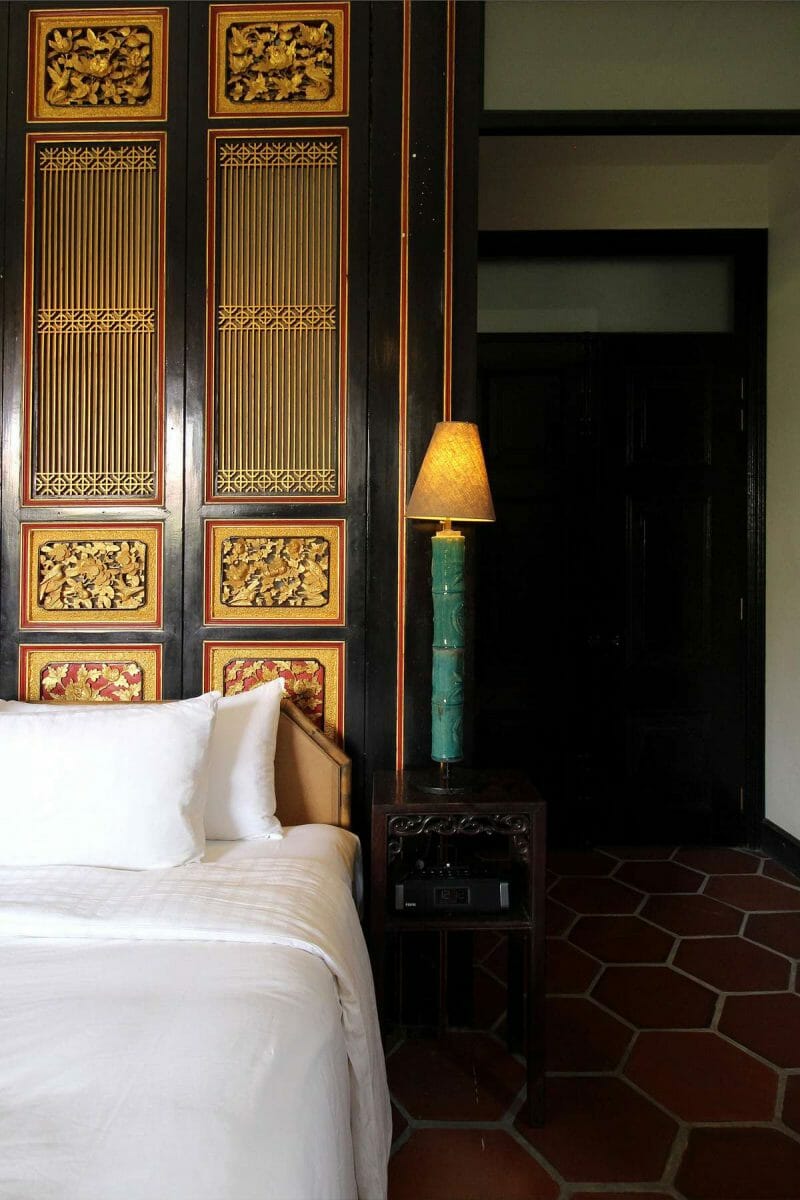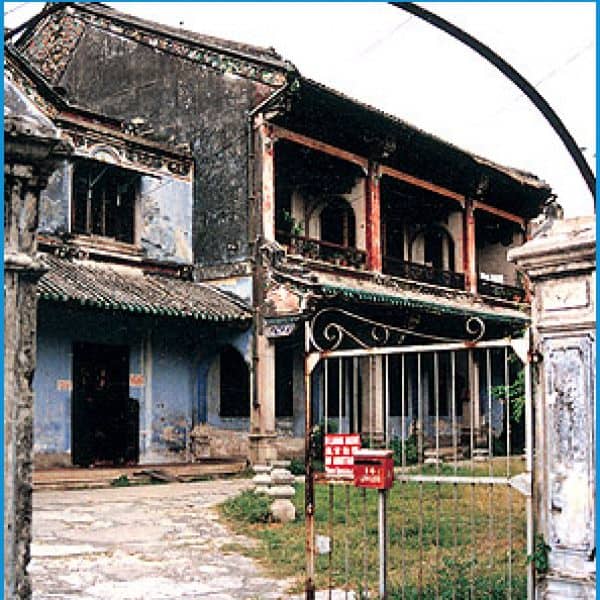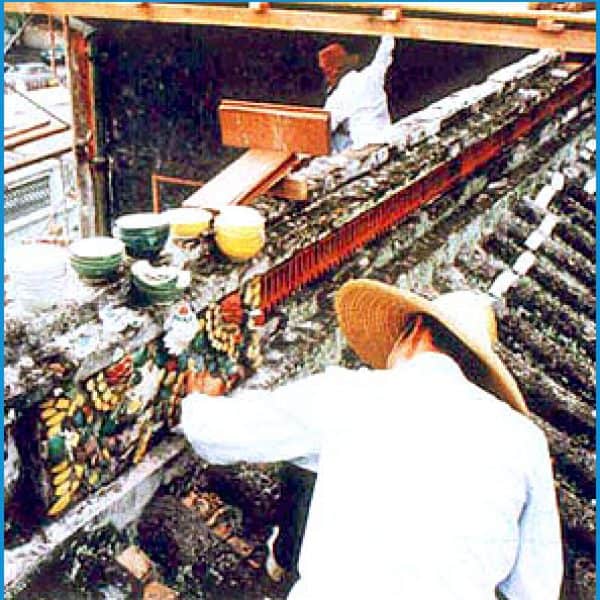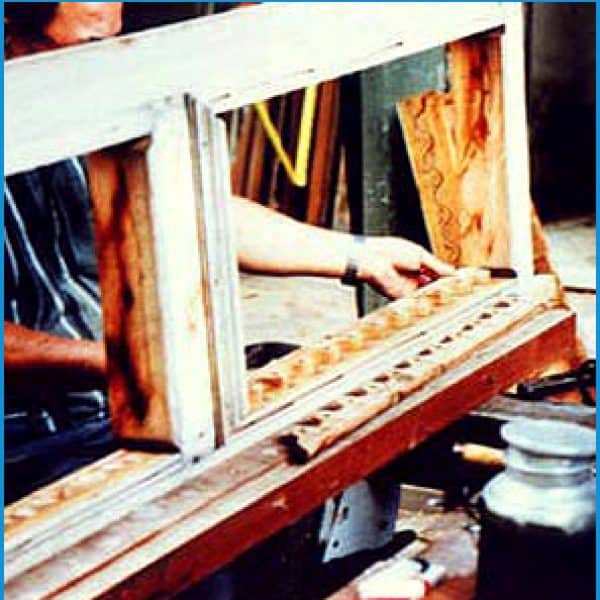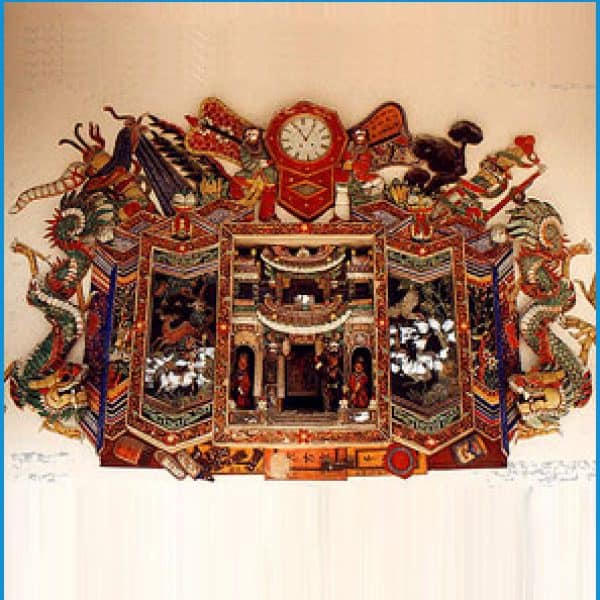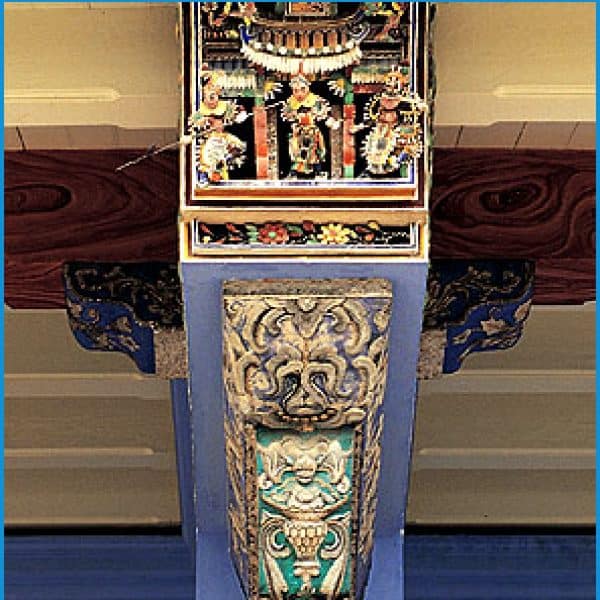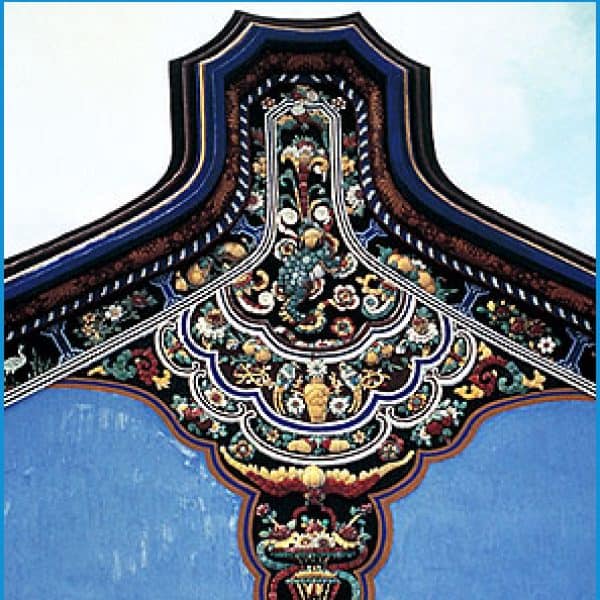The History Behind The Mansion
The Birth of Glory and Grandeur
The Blue Mansion is the perfect epitome of the grandeur and achievements of Cheong Fatt Tze, which today stands as a landmark in the fabric of George Town Penang’s vibrant heritage as a boutique hotel and historical attraction
The story began in the late 19th Century where Cheong Fatt Tze aspired to house his descendants in a home that personifies the essence of majesty and elegance.
Not long after, the bricks were laid with painstaking and arduous detail after a thorough consultation with the era’s leading Feng Shui master. While many of his Hakka friends and relatives took interest toward modern Anglo-Indian Houses, Cheong Fatt Tze loved the sophisticated beauty of traditional Chinese houses. More than anything, he wanted to preserve his heritage and share his love of culture and tradition through architecture.
With that came about one of the most lavish and elaborate constructions of his time – The Blue Mansion. With an eye for detail and excellence, Cheong Fatt Tze was determined to use only the best materials for his Mansion. He shipped artisans in from Southern China and imported building materials from as far as Scotland. Much to his delight, The Blue Mansion was more refined than his native home in Tai’pu, and it was said that only one of two such buildings of this size – with 5 courtyards – an eclectic style of architecture that mainly exists outside of China.
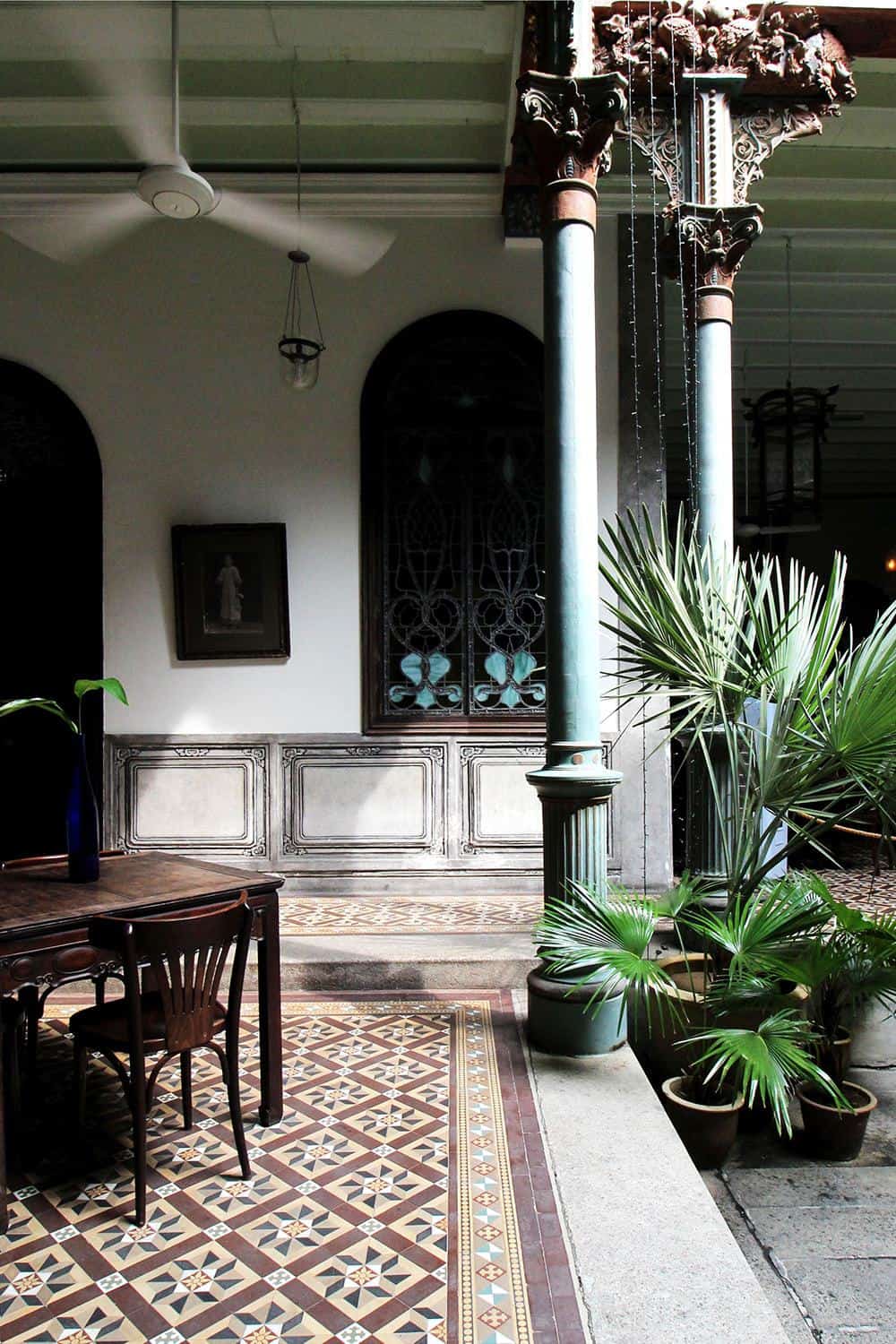
At the height of its glory, The Blue Mansion was the pivotal heart of the city. Life radiated at every nook and cranny of the Mansion, with an unceasing and enigmatic rhythm of activity. The space served both as a home and an office, and acted as the base for Cheong Fatt Tze’s commercial enterprises. It also housed the Chinese Vice-Consulate and was home to his favoured 7th wife. Within the backdrop of the majestic mansion, business meetings were held, guests were greeted in function rooms and significant business activities were concentrated in the centre of the Mansion.
The rear halls were kept away from the hustle and bustle of Cheong Fatt Tze’s business and administrative work. Favoured family members lived in the centre bay and rooms on the first floor. Some spaces were kept exclusively for ancestral prayers and meal times and those who had lost favour, as well as lesser relatives, were relegated to the wings of the Mansion.
Stables were sited at the back of the Mansion, together with a row of outhouses and bathrooms. A low building by the main gate as well as five terrace houses across the road was used as staff quarters alongside a raised viewing pavilion that was badly damaged during the Second World War.
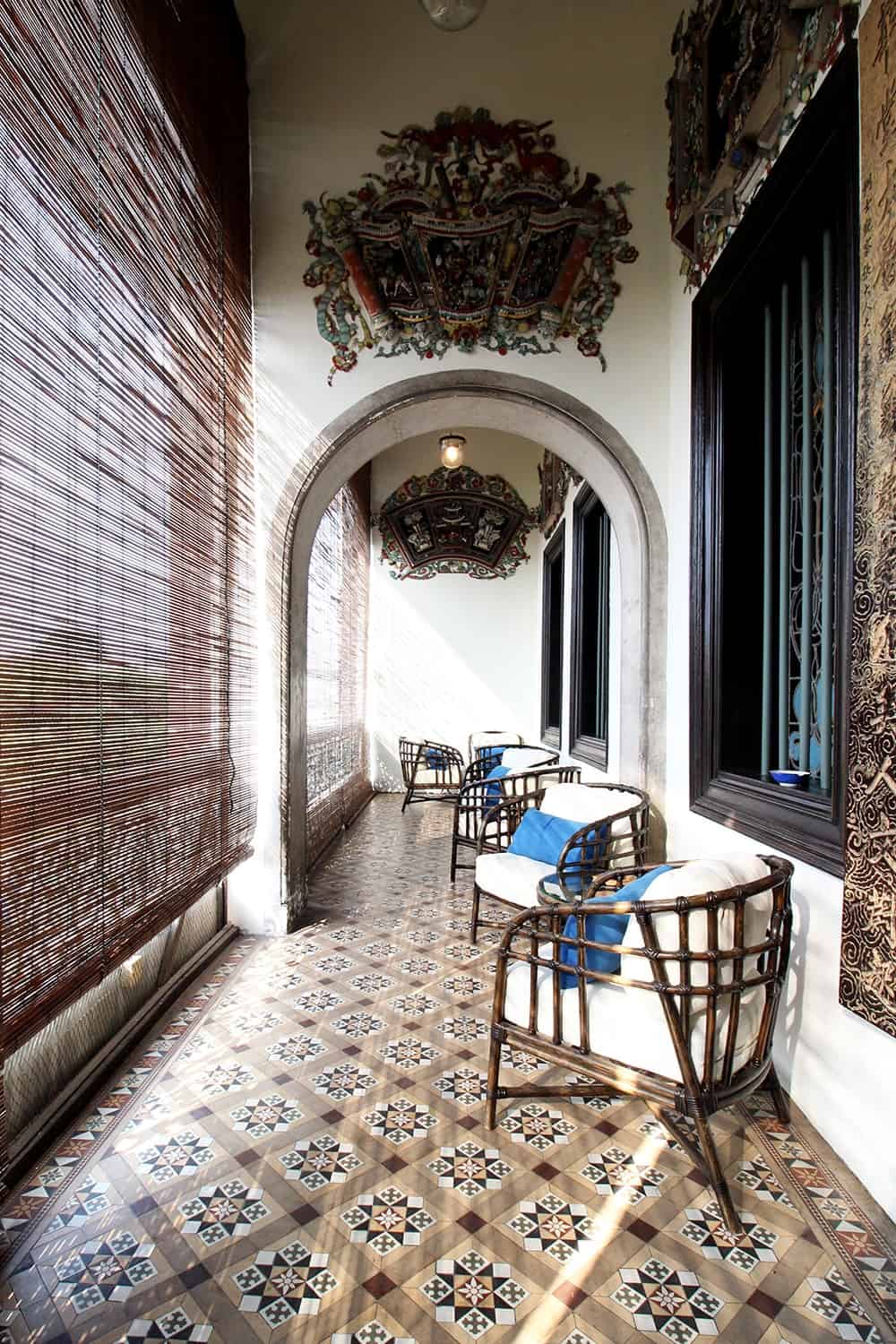
Restoration Work
After the passing of Cheong Fatt Tze in 1916, the Mansion fell into disrepair. Although he willed that the Mansion was to stay with his family, with funds allocated for its maintenance, indiscretion left the Mansion to erode with the passing of time. After the death of his last son, the Mansion was sold to a small group of Penang conservationists who took it upon themselves to restore it to its former glory.
It took six years for the conservationists to repair the Blue Mansion through tedious processes, preserving as much of its original fabric and structure. Primarily using Penang artisans and local materials, the principle approach was to retain and restore with the application of traditional methods and minimal modern interventions, such as waterproofing. Some artisans skilled in specific details were also imported to ensure the precise application and usage of original Chinese materials.
In line with the restorative philosophy of ‘treading lightly and touching softly’, the following methods were implemented with strict attention:
- Restrained repairs – changing only what required changing
- Replication of the old – using only traditional methods and materials
- Re-use and recycling – little was discarded, particularly the timber and tiles
- Practicality and attention to details
- Research, consultation and networking with other conservation consultants and artisans
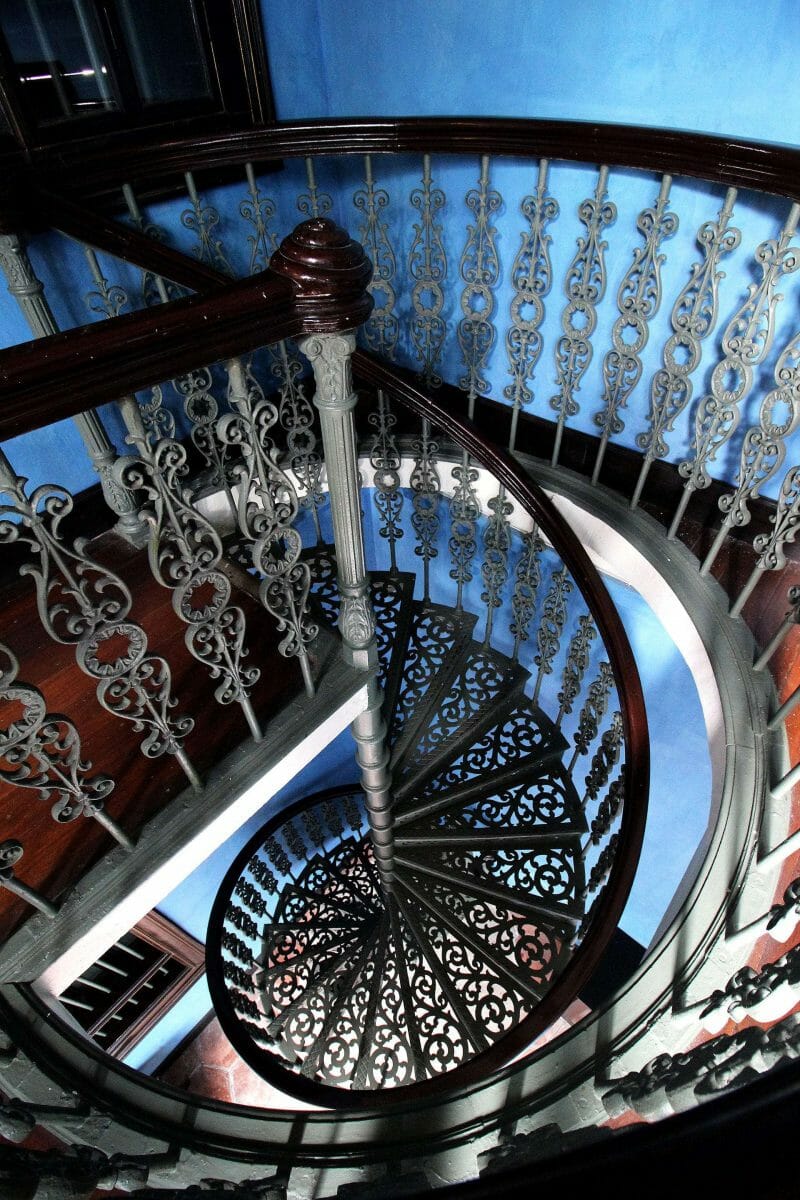
By the end of 1995, the restoration of the fabric of Cheong Fatt Tze’s Blue Mansion was successfully completed. In 1996 however, the construction of a nearby high-rise car park block using percussion hammer piling caused extensive damage to the Mansion. The ensuing court cases resulted in landmark legal decisions that have longstanding impact on the World Heritage Site of George Town. Since then, no hammer piling is allowed in the city or next to any heritage building in Penang. The Blue Mansion stands today as a testament of the successful effort of heritage conservation and protection throughout Penang.
The Blue Mansion was subsequently fitted out and opened as a boutique hotel and for public viewing. The restoration earned The Malaysian Institute of Architects (PAM) Architecture Award in Recognition of Design Excellence in 1995 and UNESCO’s Most Excellent Project in the Asia Pacific Heritage Award in 2000.
Despite having built various mansions across Indonesia, Singapore, Hong Kong and China, The Blue Mansion remains Cheong Fatt Tze’s most prized achievement. It is through this elegant Mansion that Cheong Fatt Tze’s grandiloquence and passion for heritage and luxury is personified inexorably.
